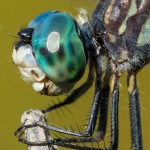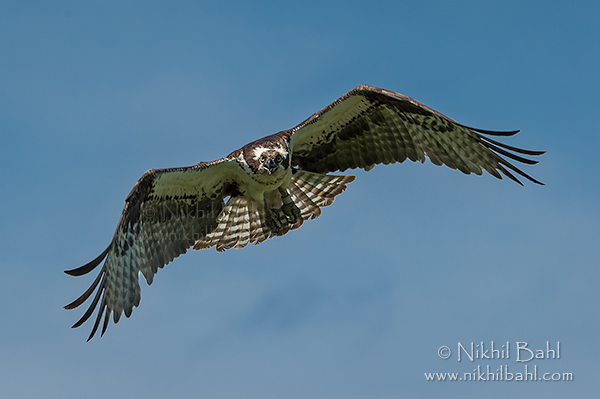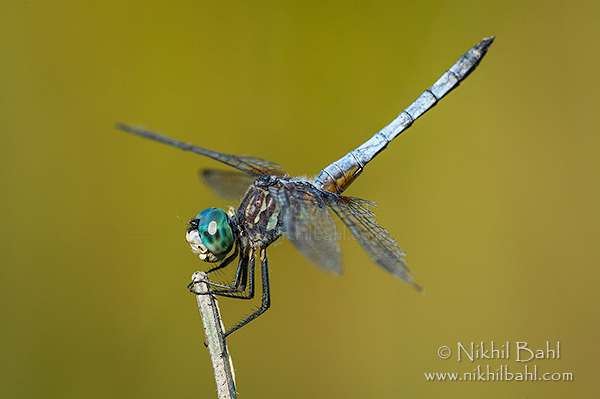When I bought my first long lens (AF-S NIKKOR 200-400mm f/4G ED VR II Lens) in 2007 I didn’t even consider the older 80-400mm lens as it was inadequate for my needs. I was looking for a lens to photograph birds and other wildlife. With moving subjects, the auto focus on a lens is critical and the old 80-400mm didn’t cut it. At that time the 200-400mm fit my needs the best.
I owned that lens for 6 years and enjoyed photographing with it. Although, after purchasing a 600mm lens and using a full frame body (Nikon D3s) as my primary camera, I wasn’t using the 200-400mm much. It’s cumbersome to carry two bulky lenses around. I still found the focal range quite useful though. When the new 80-400mm lens was released I was very eager to try it. My interest was high because I like to travel light and this range meant conceivably leaving my 70-200mm and 300mm lens at home. I often used these two lenses to photograph birds in flight (with and without teleconverters).
When speaking at the Florida’s Birding & Photo Fest in April, Gary from Hunts Photo graciously allowed me to give the lens a test run. I used the lens for two days photographing nesting birds and a lot of birds in flight. After taking a few thousand photos with the lens I was convinced it was the right lens for me. After purchasing the lens and taking many more photos with it, the following are my thoughts on the lens:
Build
Good quality, feels robust, zooming is smooth.
Auto focus
I was really impressed with the auto focus from the first time I used the lens; fast enough for birds in flight. It worked great with the Nikon D3s and D300s cameras. It was only in low light situations that the autofocus performance dropped. This should be expected as the aperture is f/5.6 at 400mm.
Sharpness


The lens is very sharp but not as sharp as the exotic telephotos. When looking closely, the images created with the lens don’t have the visual acuity that the 200-400mm or 600mm have. The lens is sharp enough for me, though. It should be noted that on a full frame body the edges are a little soft wide open. This is not a big deal when photographing wildlife, as your subject is rarely in the corner of the frame. If you do use this lens for landscapes, stop down to f/8 or f/11 for sharpness throughout the picture frame. In general, the lens performs better when stopped down at least one stop and edge-to-edge performance on a crop sensor body is very good.
Flare
The provided hood does it’s job well and the images have good contrast. However, when a light source is within the composition, you will see some flare. It’s not terrible, but it is obvious. What you should be on the lookout for is chromatic aberration in high contrast situations, which is very easily fixed in Lightroom, so nothing to worry about.
Tripod collar
It’s removable, which is nice. The mounting foot is short, which some people may not like, but it doesn’t bother me. Of course, Kirk Photo and Really Right Stuff have replacement foots available.
VR (Vibration Reduction)
It works well and it is very useful when hand holding the lens.
Versatility
I find the focal range very useful. The lens can be used for landscape, wildlife and even macro photography (with a close-up filter or extension tube). I prefer the close-up filter, as no light is lost and the viewfinder stays bright. I really like having a zoom lens for birds in flight. It’s great to have the option to zoom in or out based on how large you want the bird in the picture frame and very useful when a bird is flying straight at you. Being able to zoom out as the bird approaches makes it easier to compose and maintain focus.
Compared to other options
For those who are looking to get started with wildlife photography, but are not ready to invest $6000+, the new Nikon 80-400mm f/4.5-5.6G AF-S VR is an obvious choice. You do get what you pay for. If you are wondering if a 70-200mm f/2.8 or a 300mm f/4 lens may work with teleconverters, I can tell you from experience you will not get the same auto focus performance, even if the sharpness is acceptable. The 300mm f/4 does not have the best auto focus and slows down some when used with teleconverters. The 70-200mm f/2.8 lens performs very well with the 1.4x and 1.7x teleconverters, but not as well with the 2.0x tc. Don’t forget, the 80-400mm f/4.5-5.6G AF-S VR can be used with a 1.4x teleconverter if you have a new camera body (D4, D800, D610, D7100). I haven’t tried any of those combinations. There are also options from 3rd party lens makers, like Sigma and Tamron, that might be worth looking into.
Price
The question many people ask, is it worth the $2700. The lens is sharp, the auto focus is very good in bright light and it doesn’t have any glaring faults. It is not bulky and is quite light compared to the exotic telephotos. Considering the other options from Nikon are heavy and much more expensive, I think it is worth the price.


